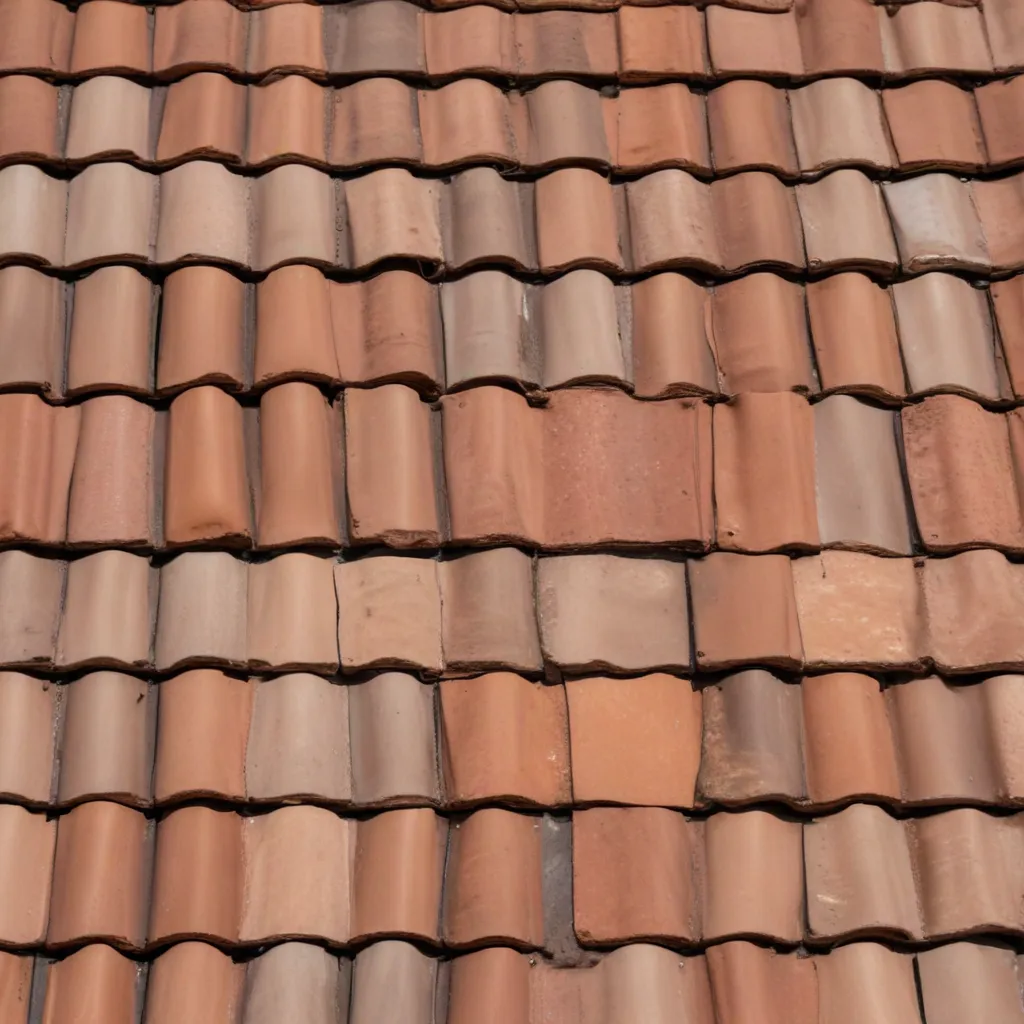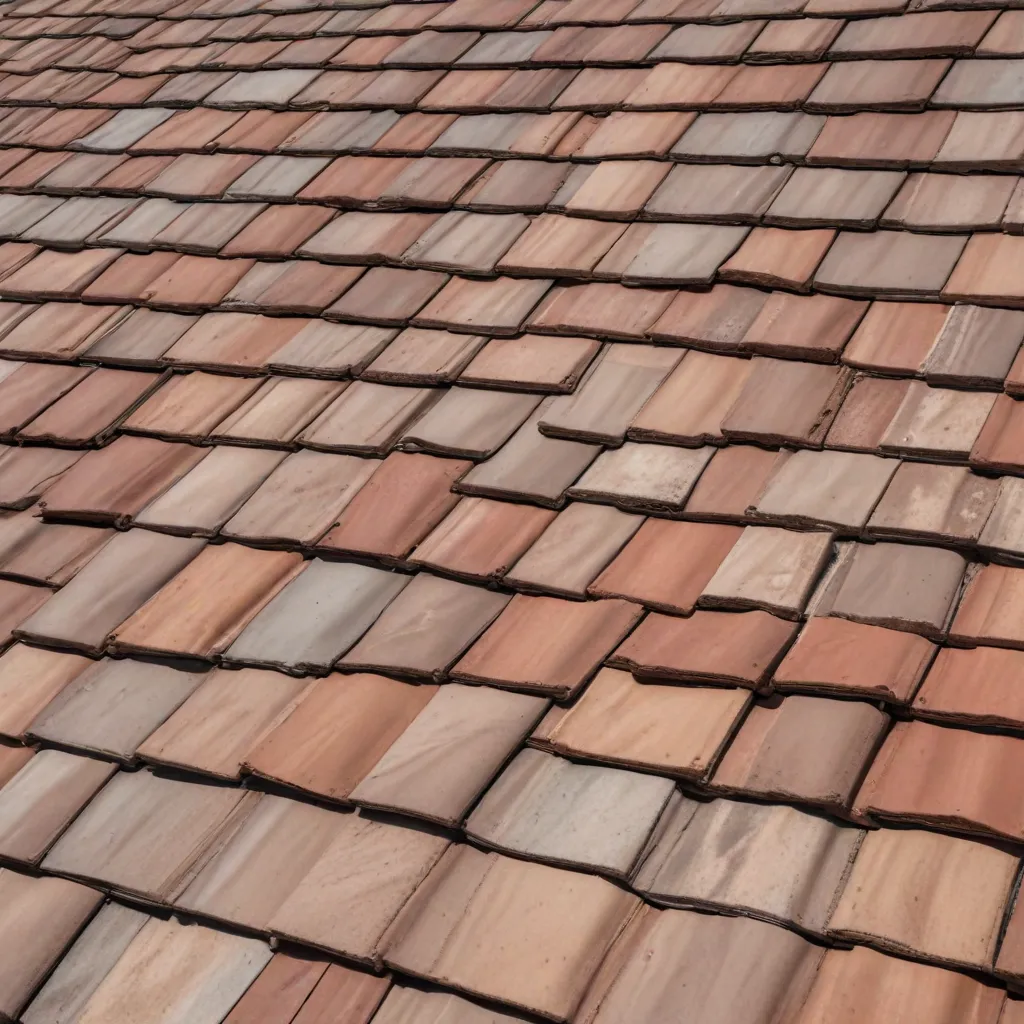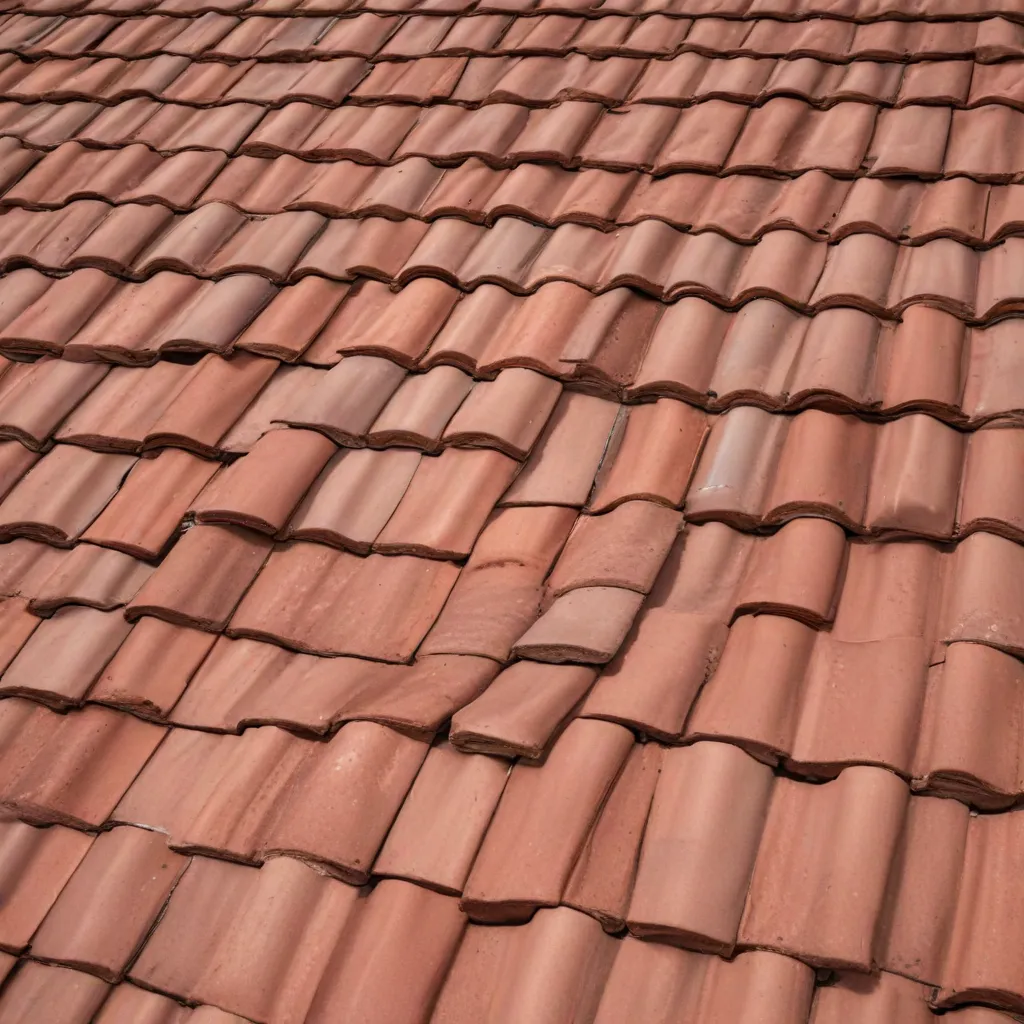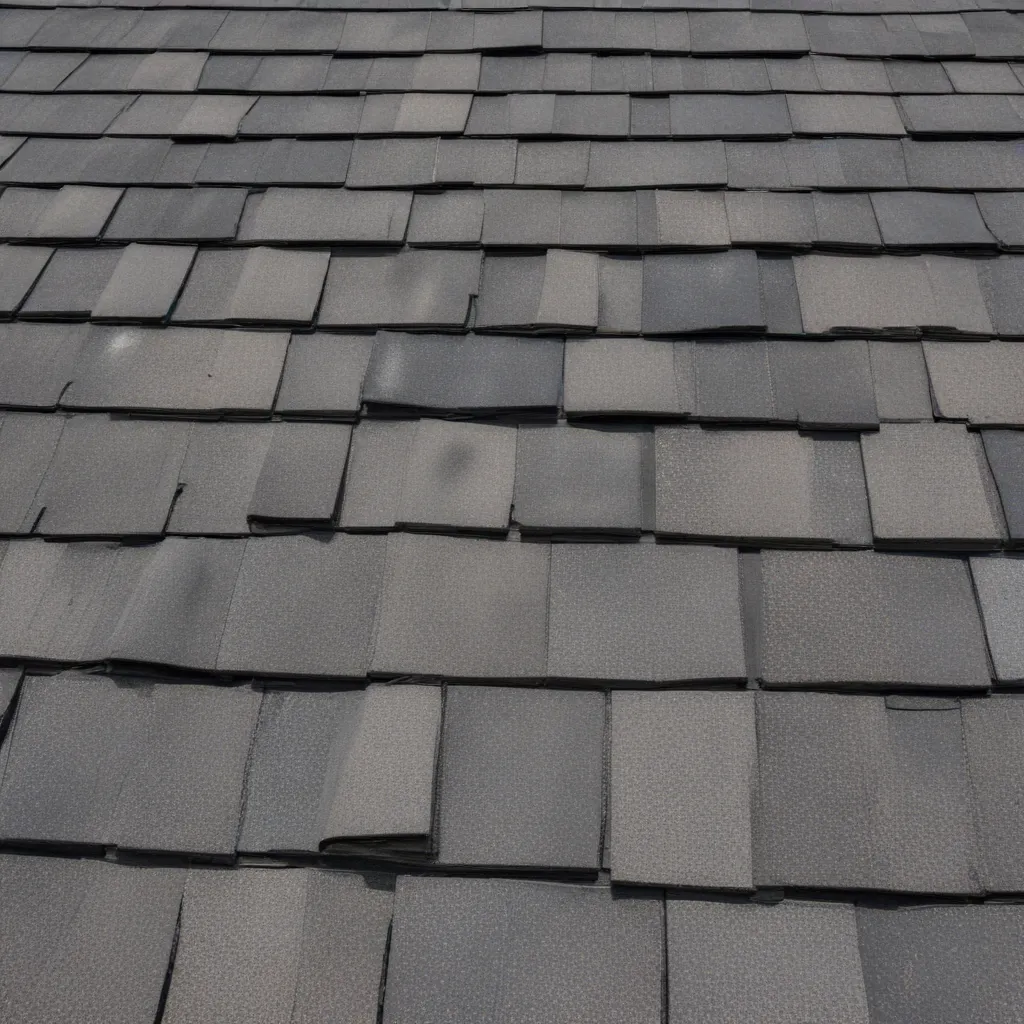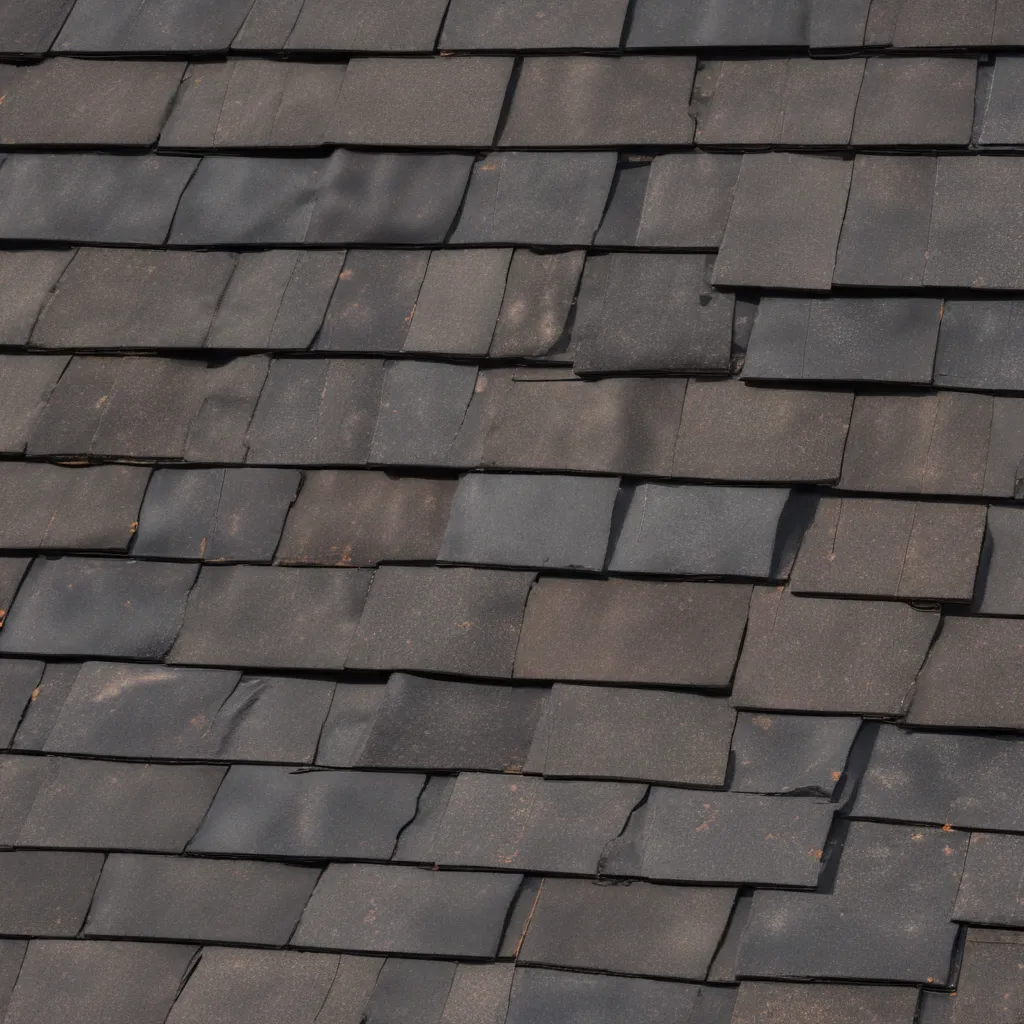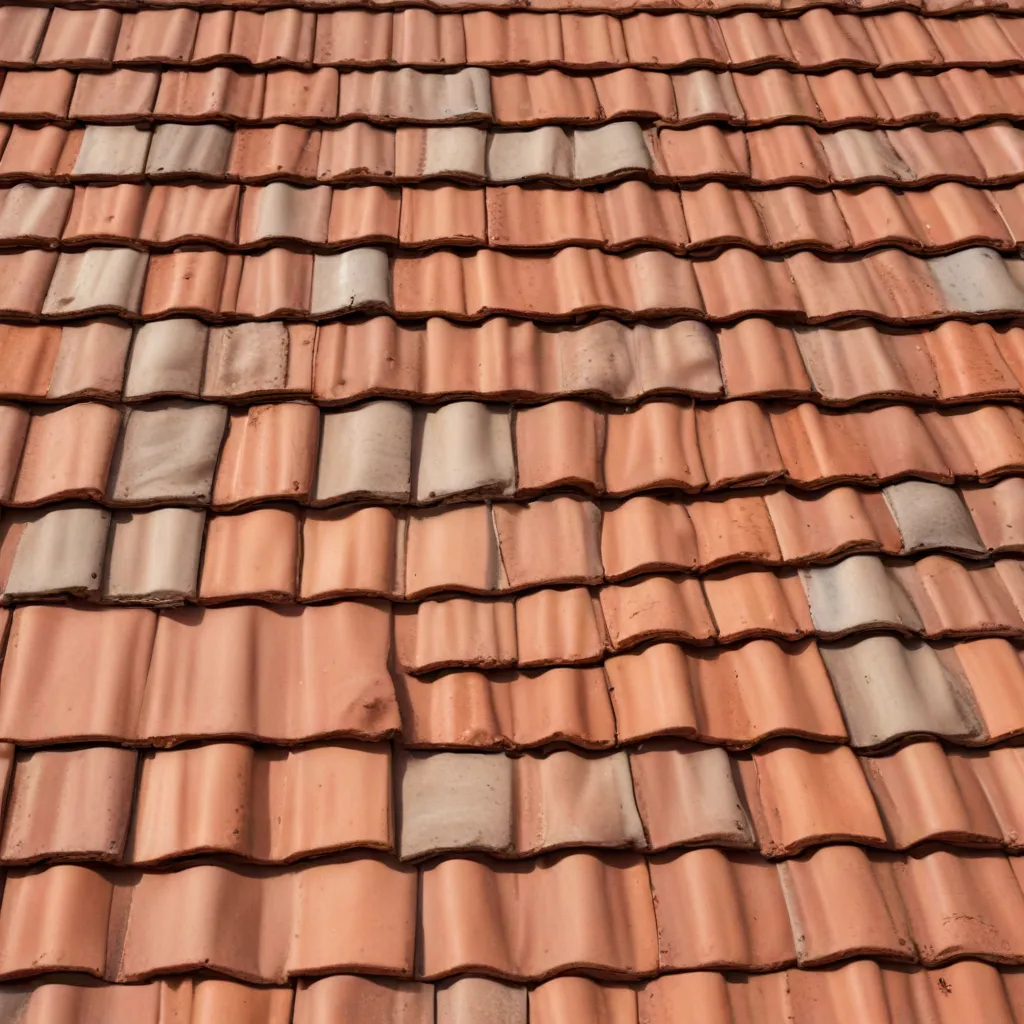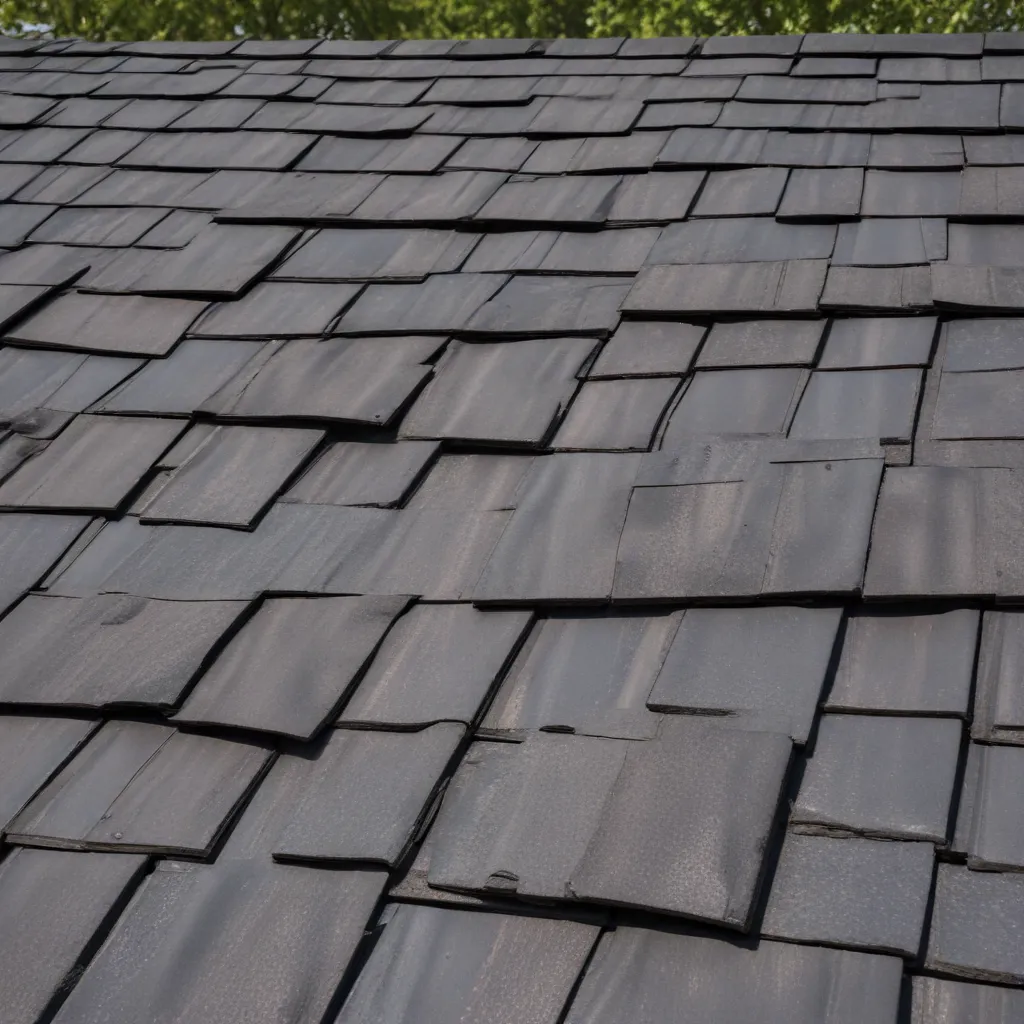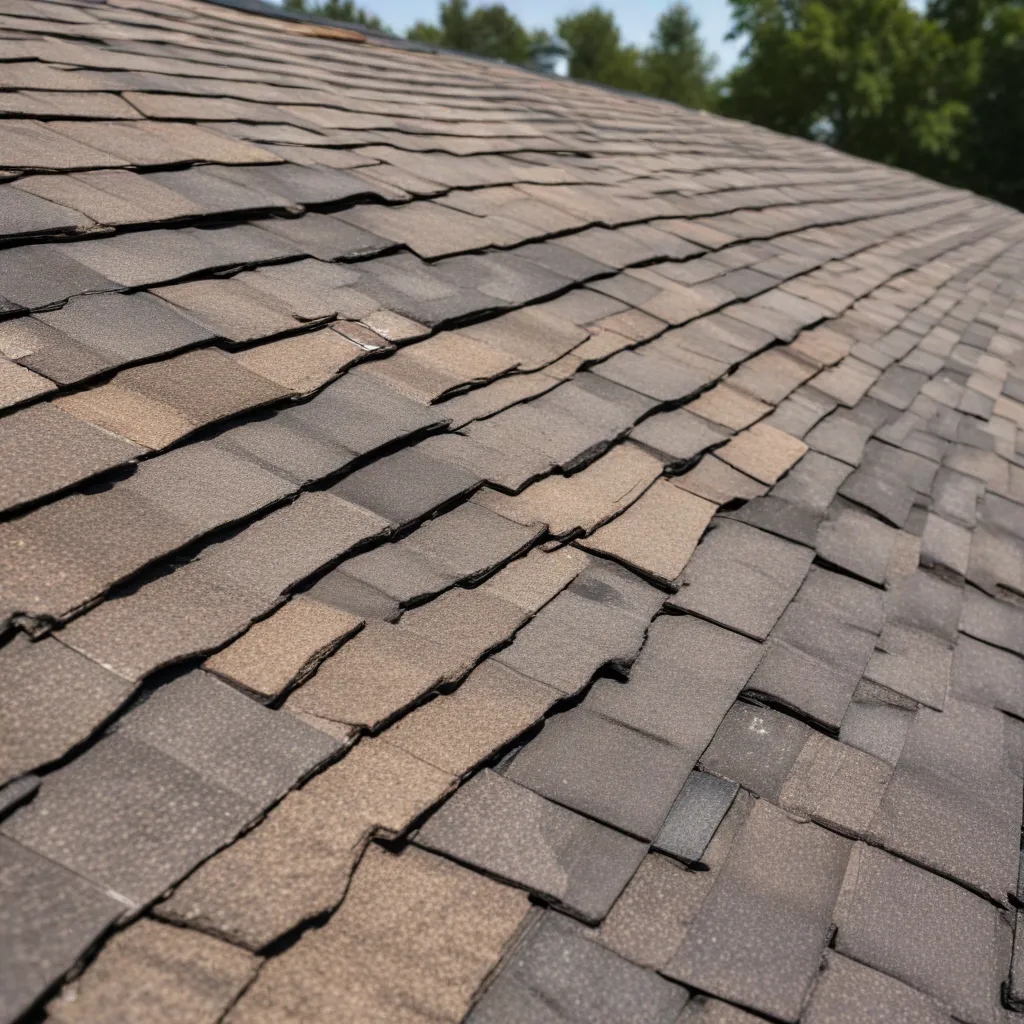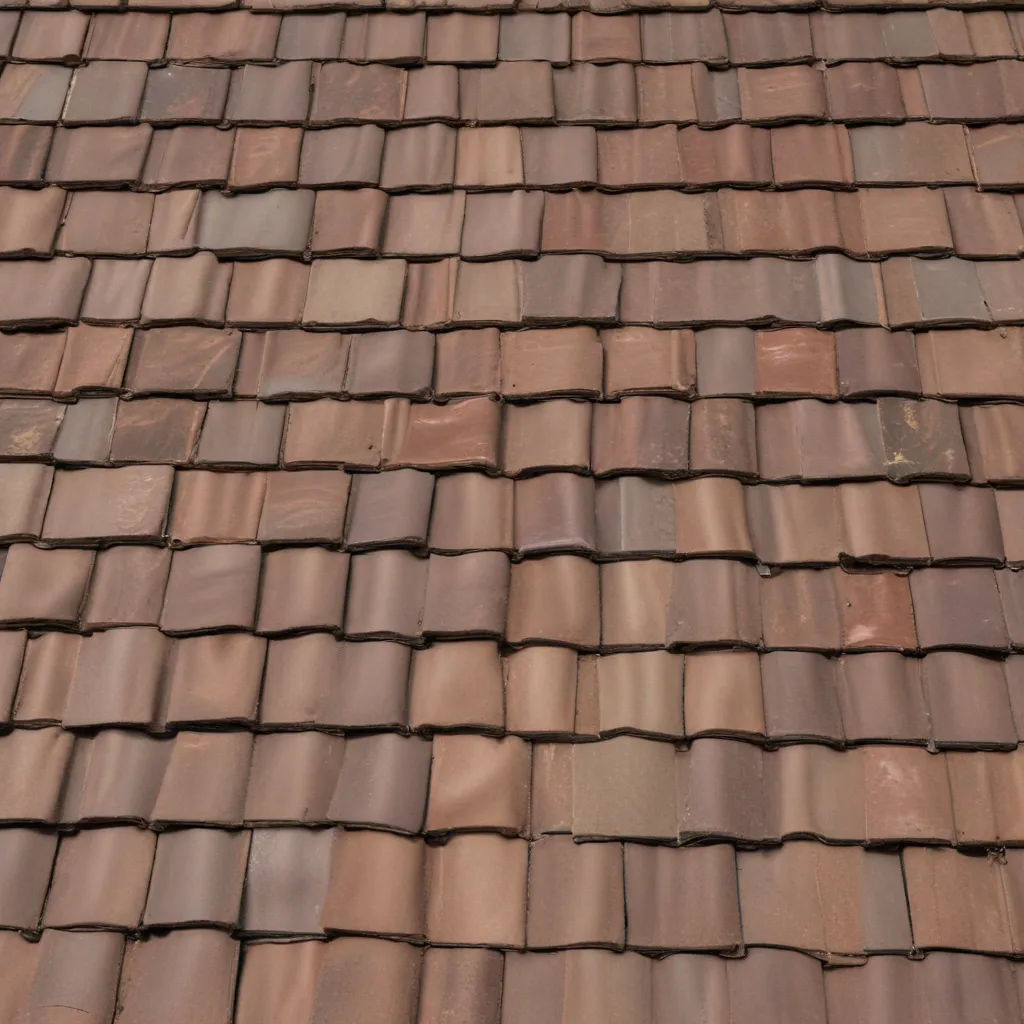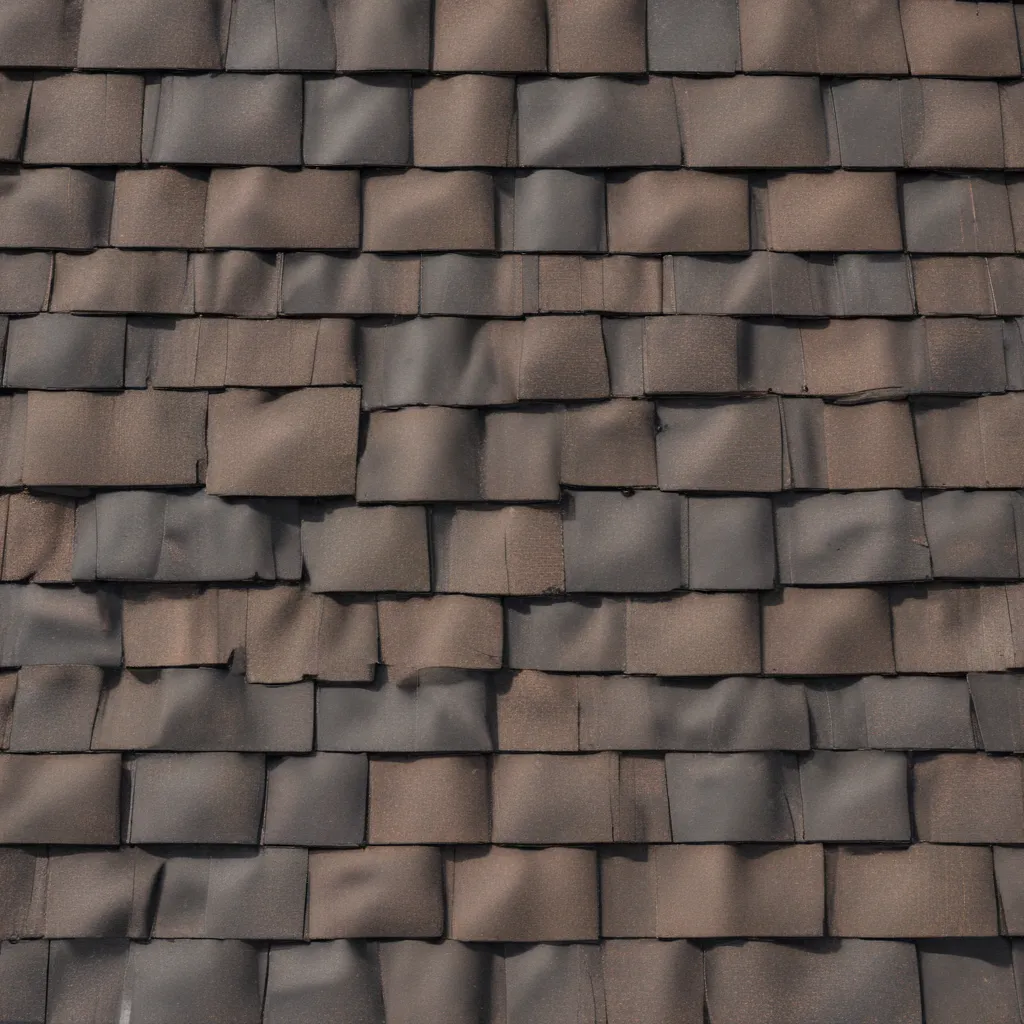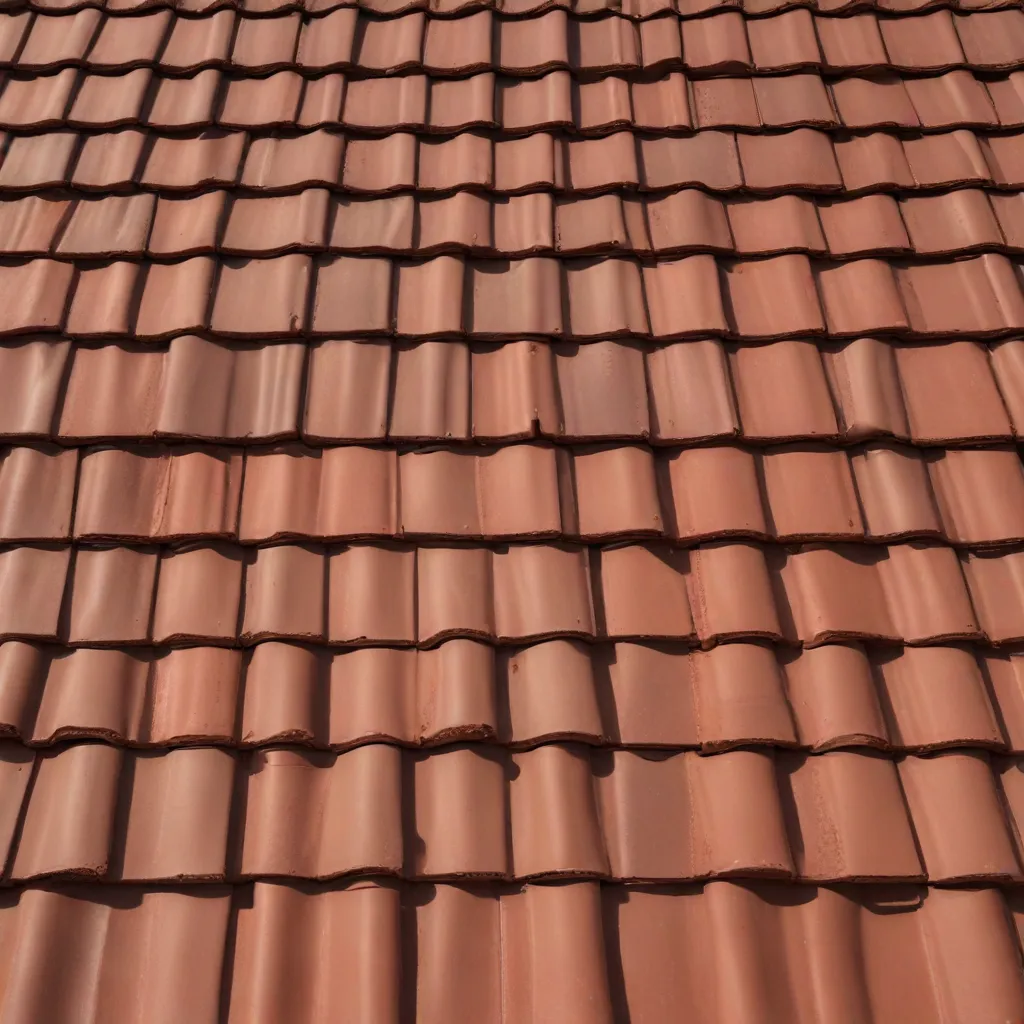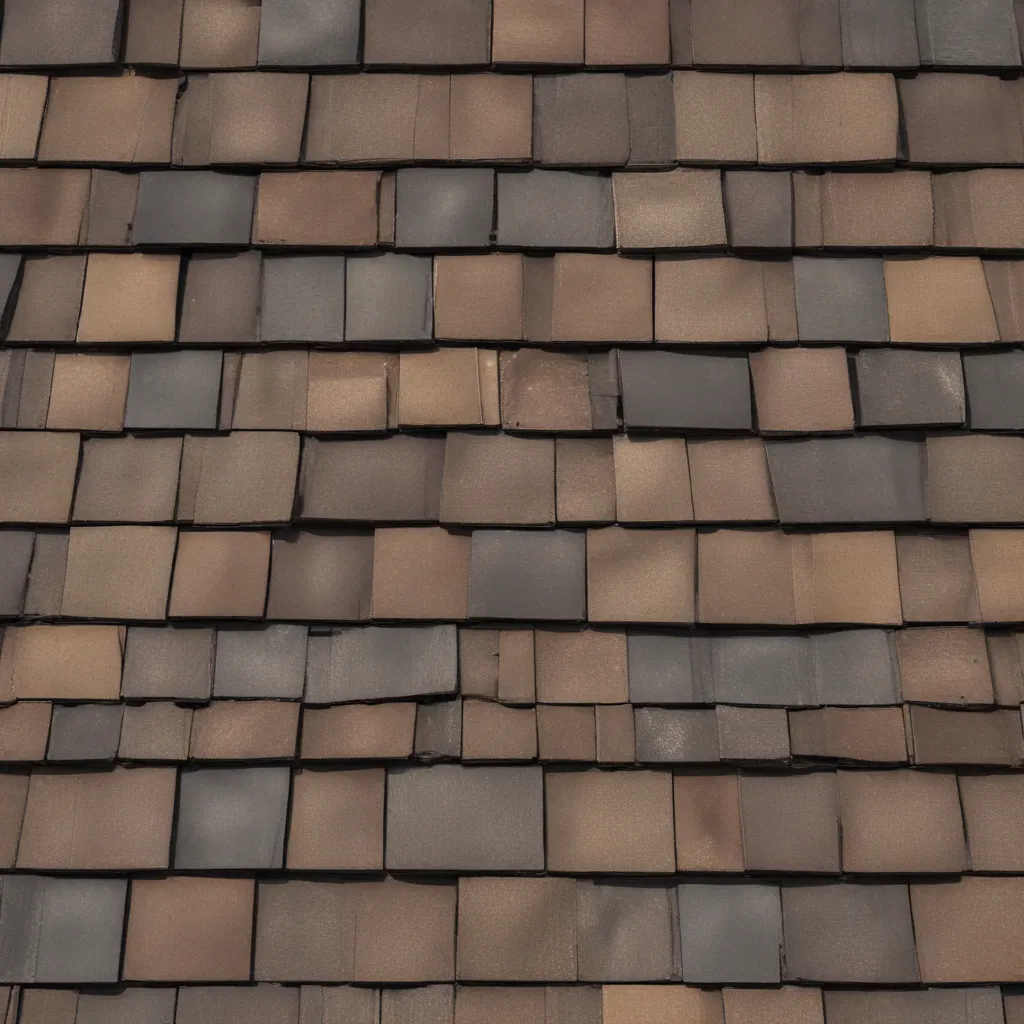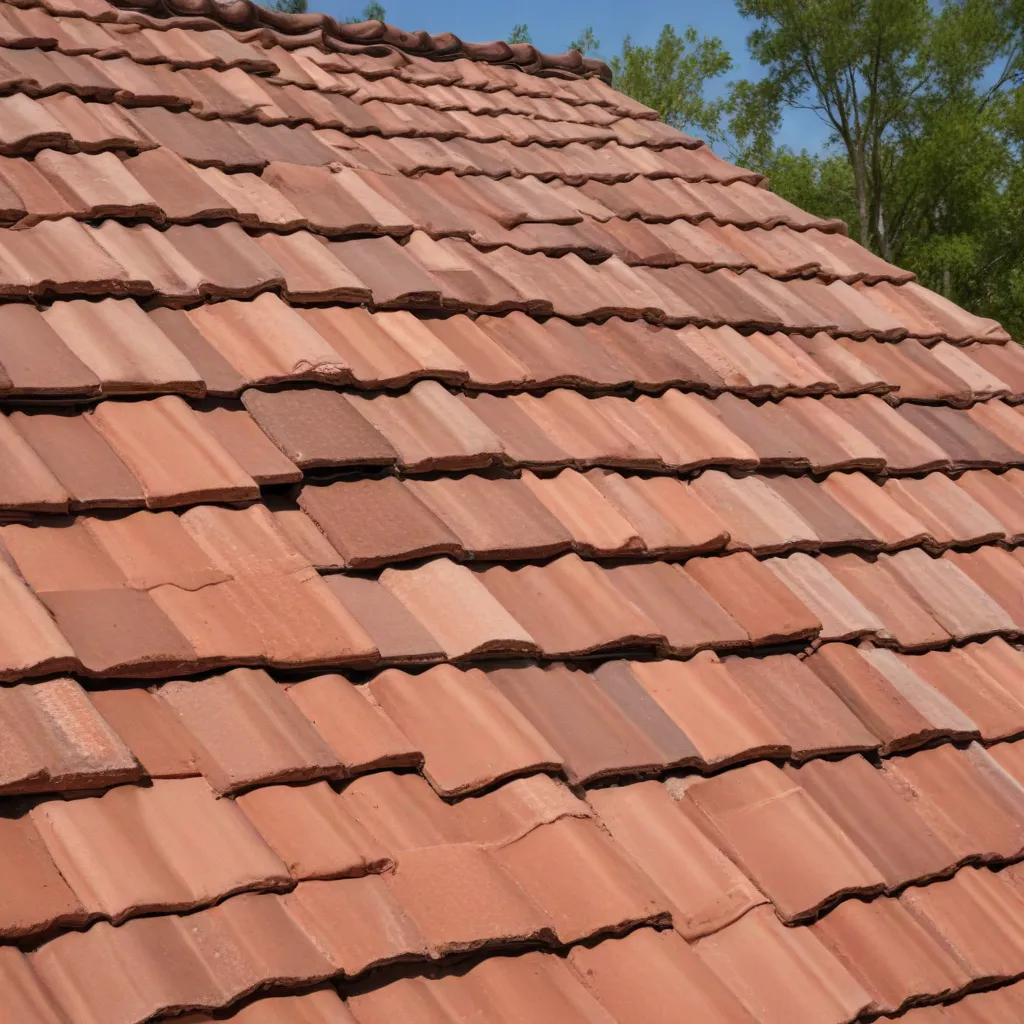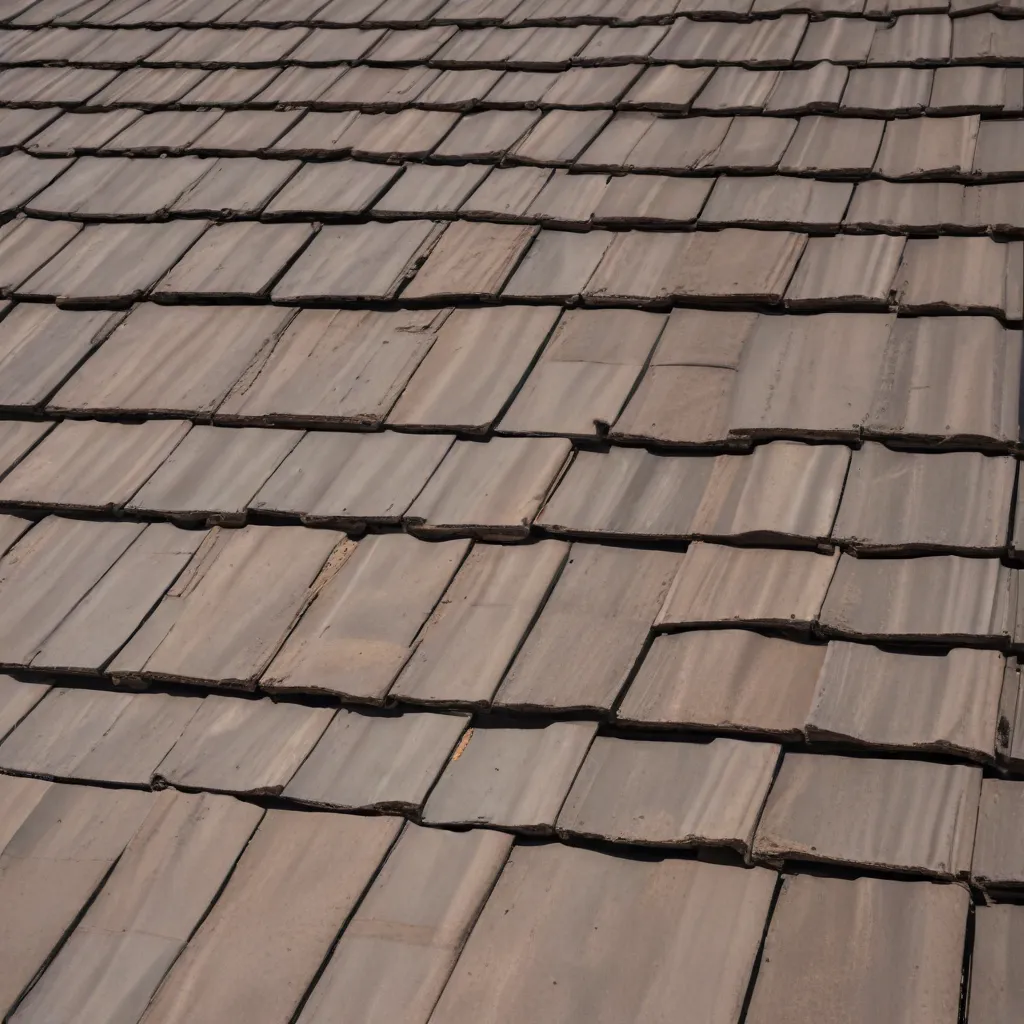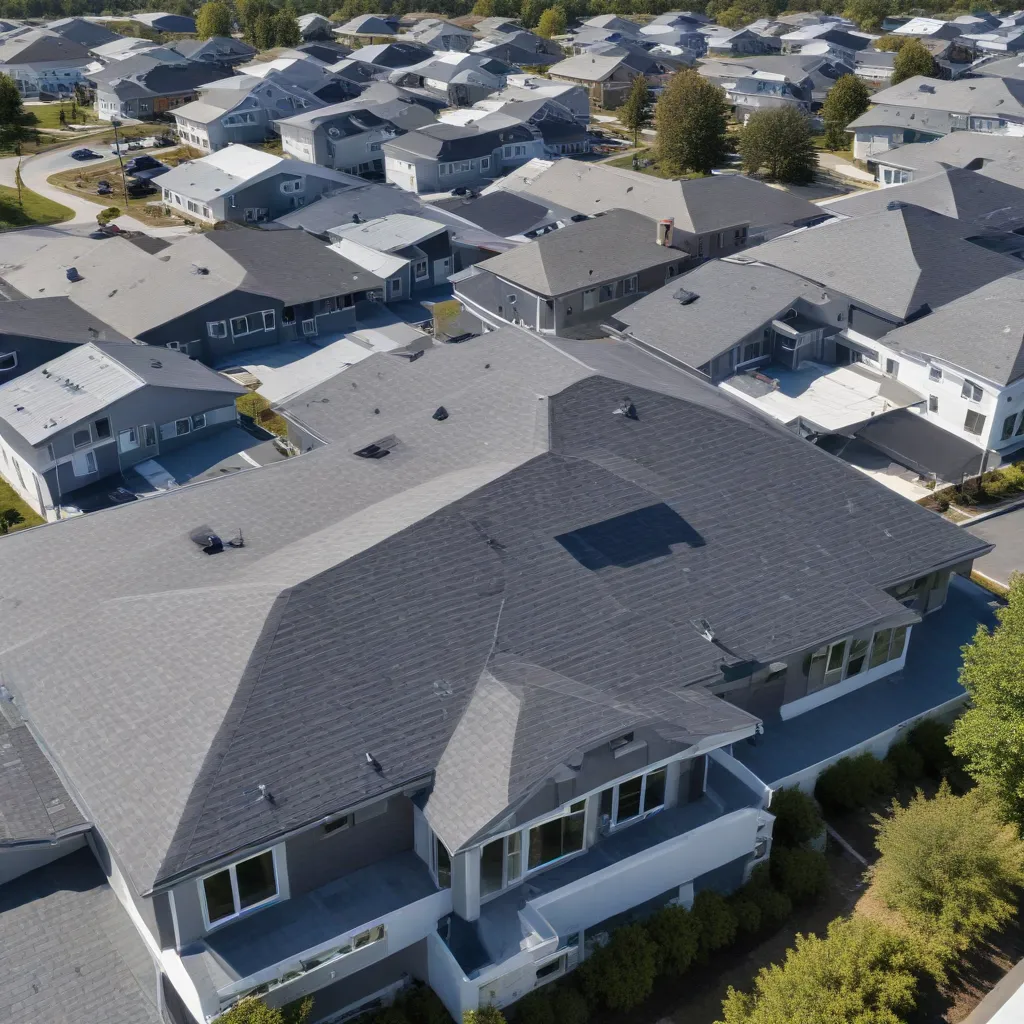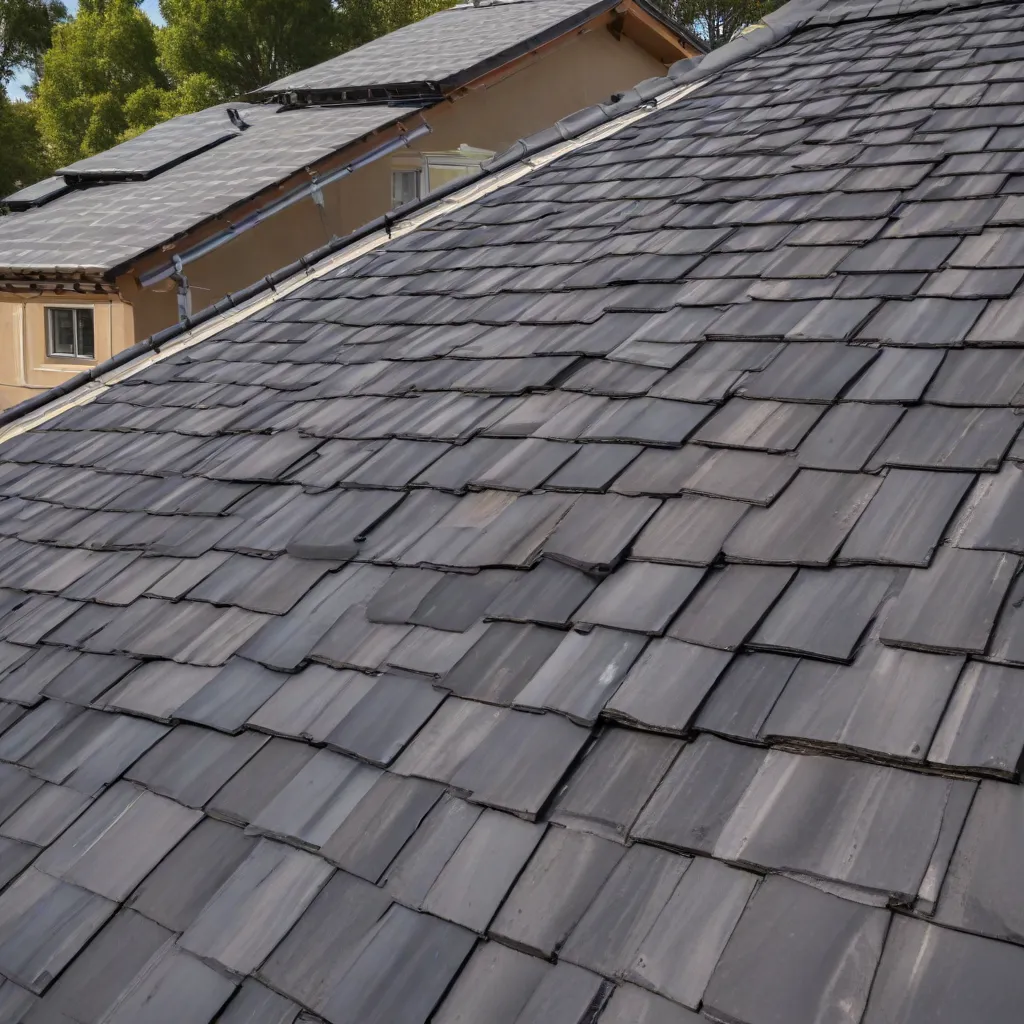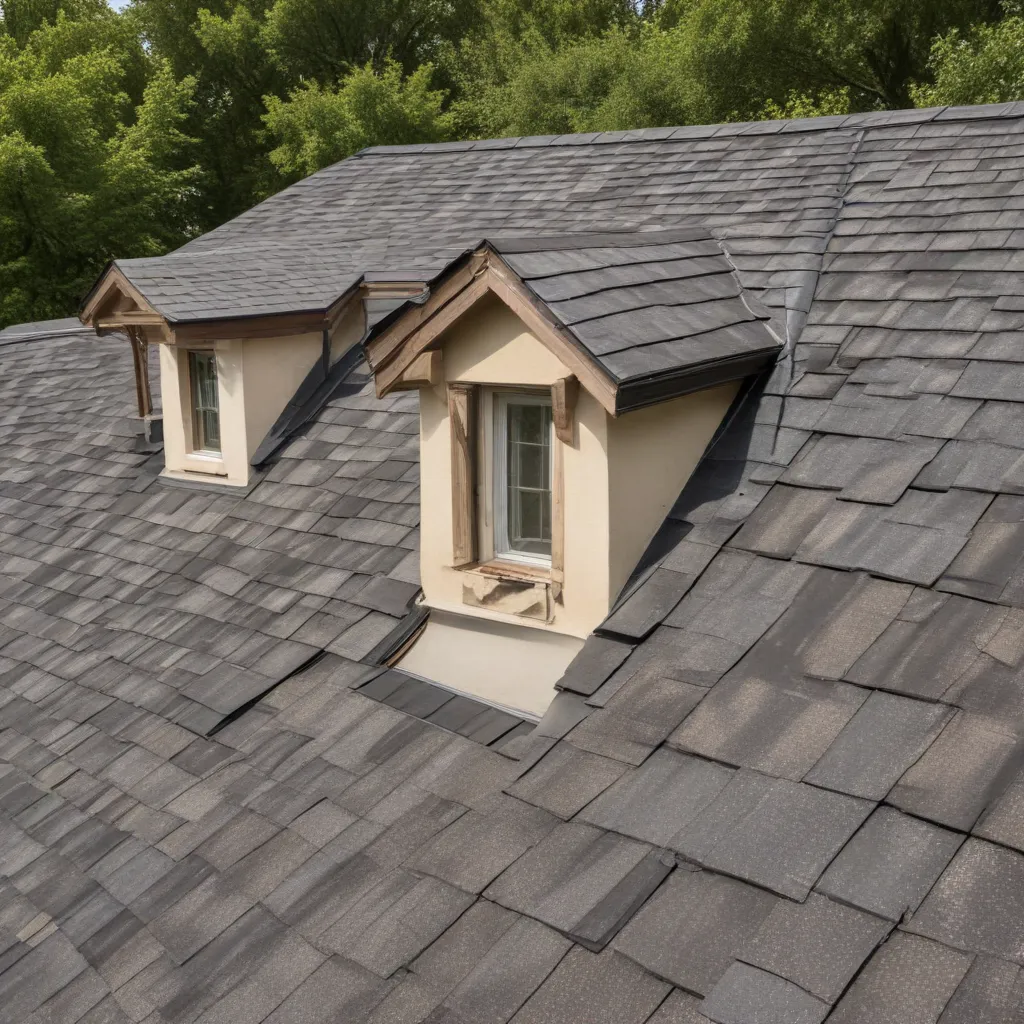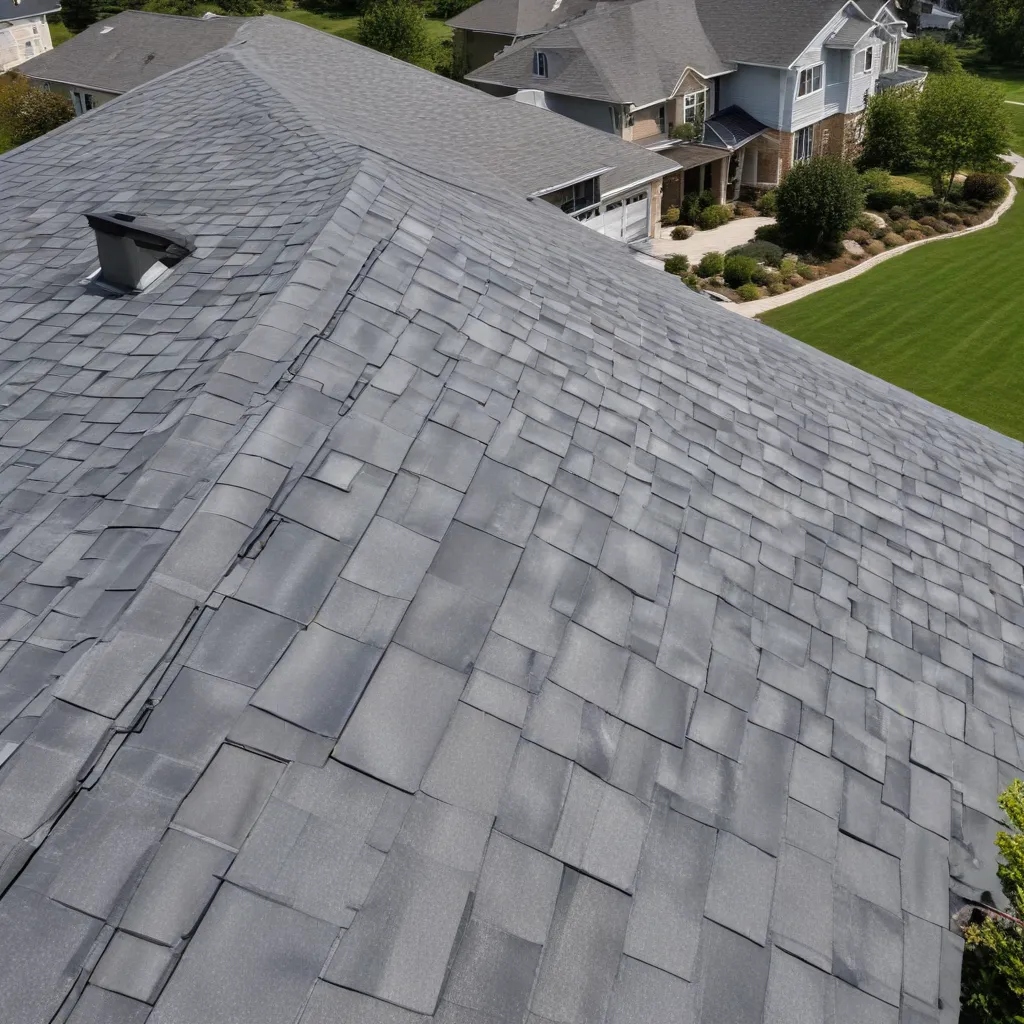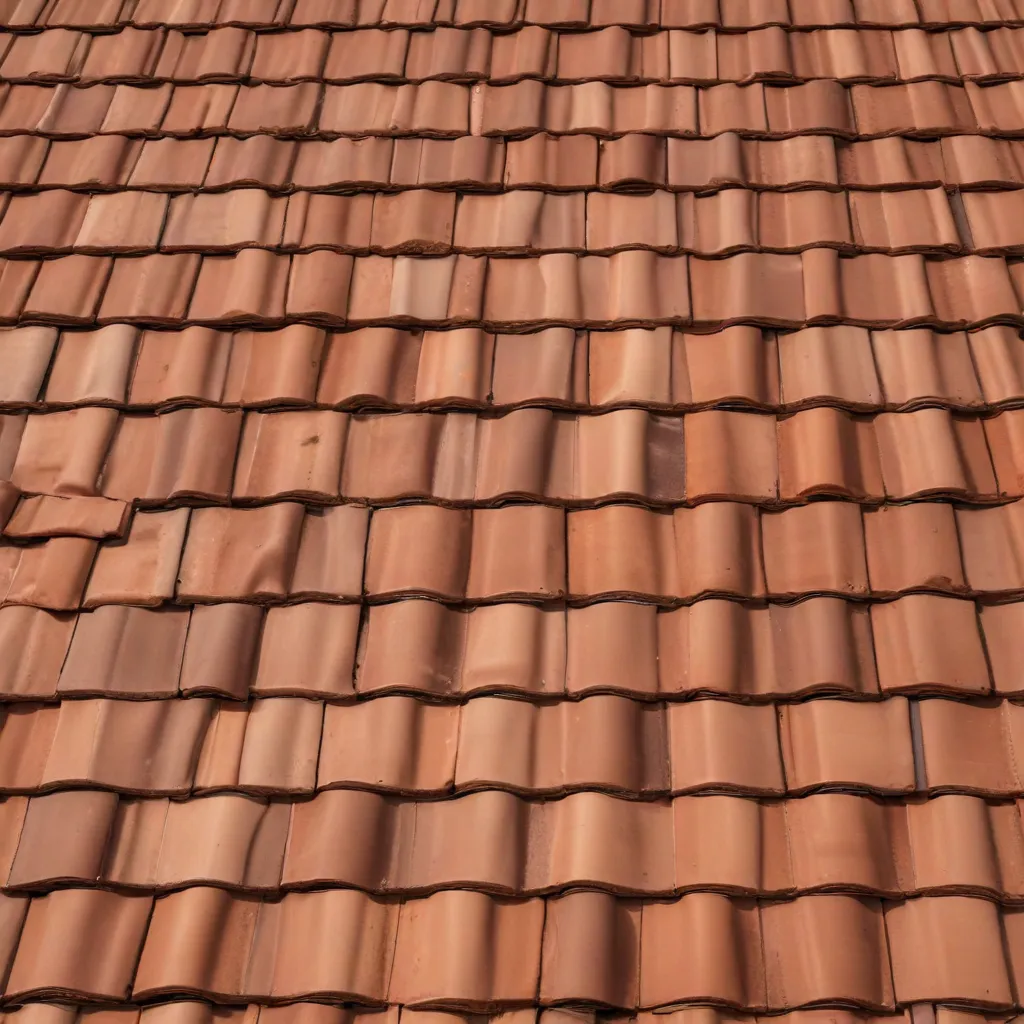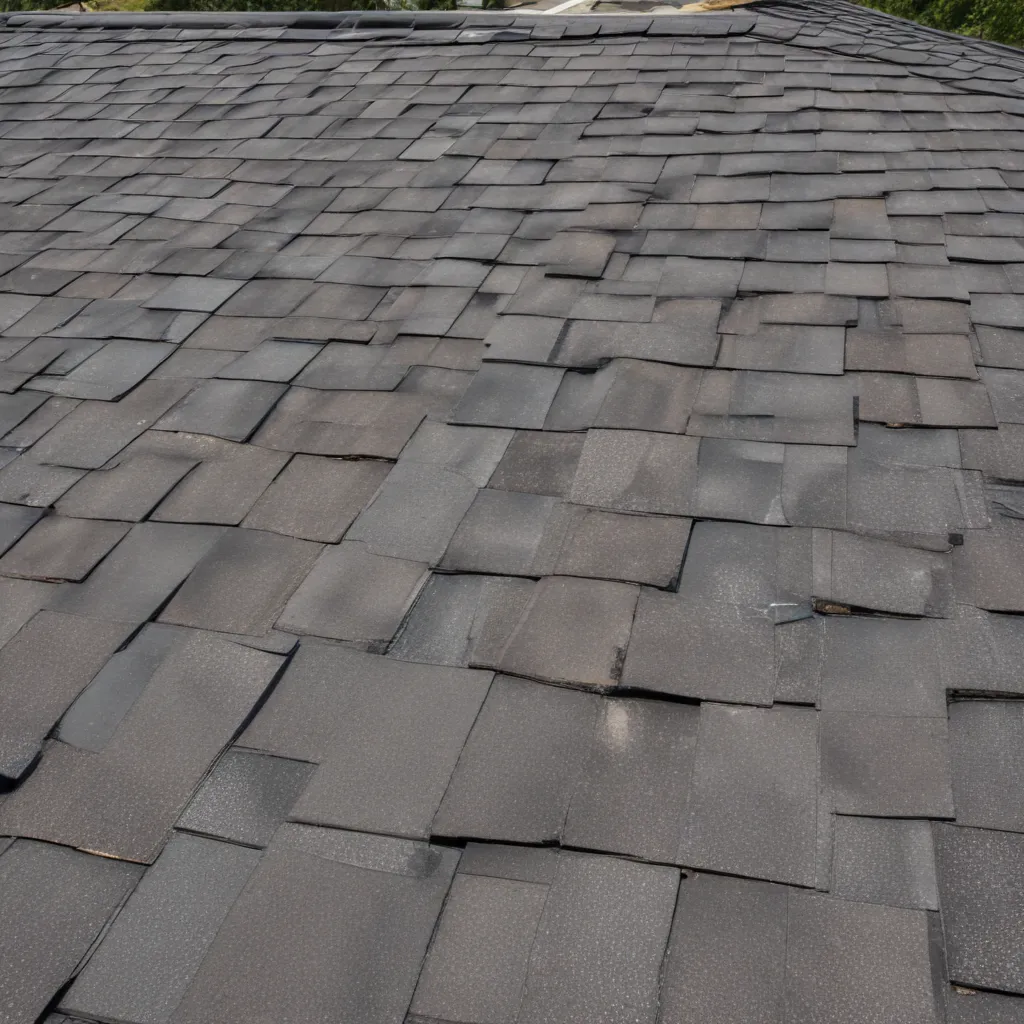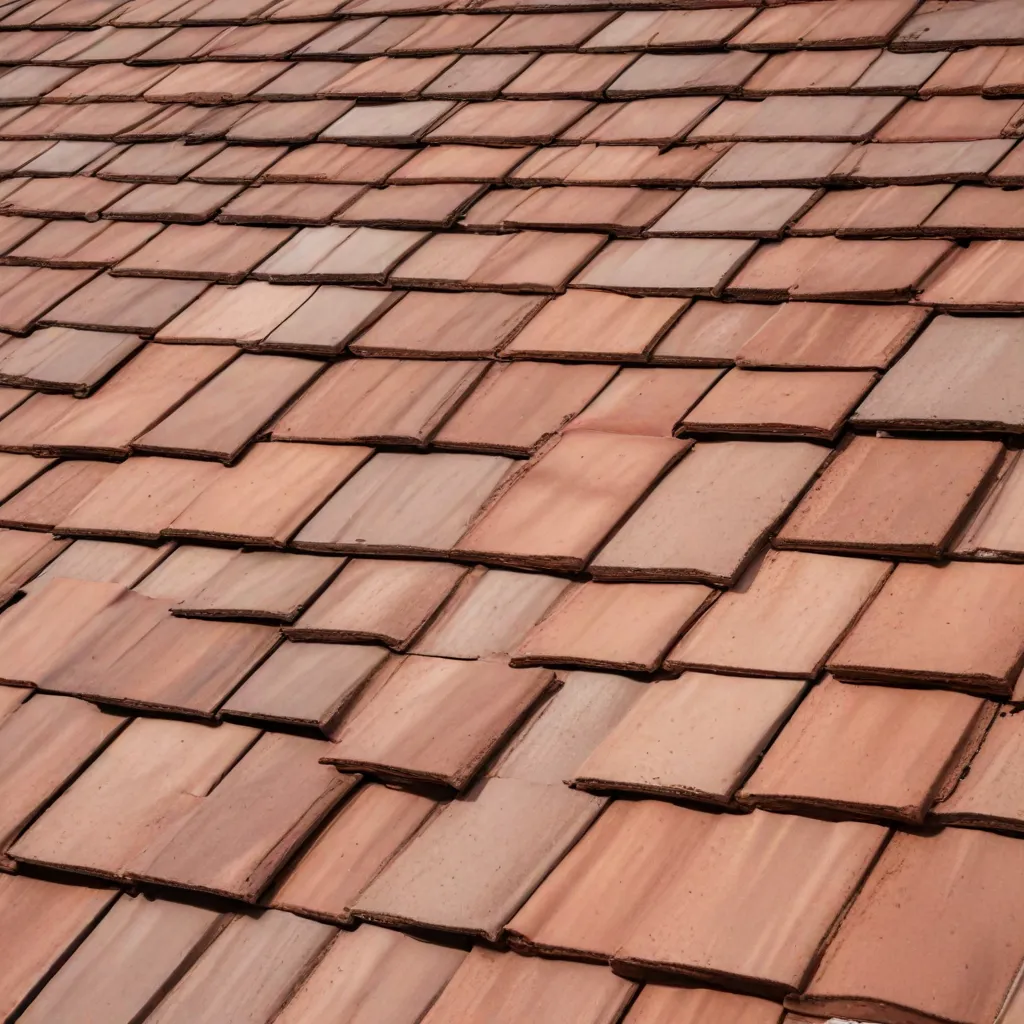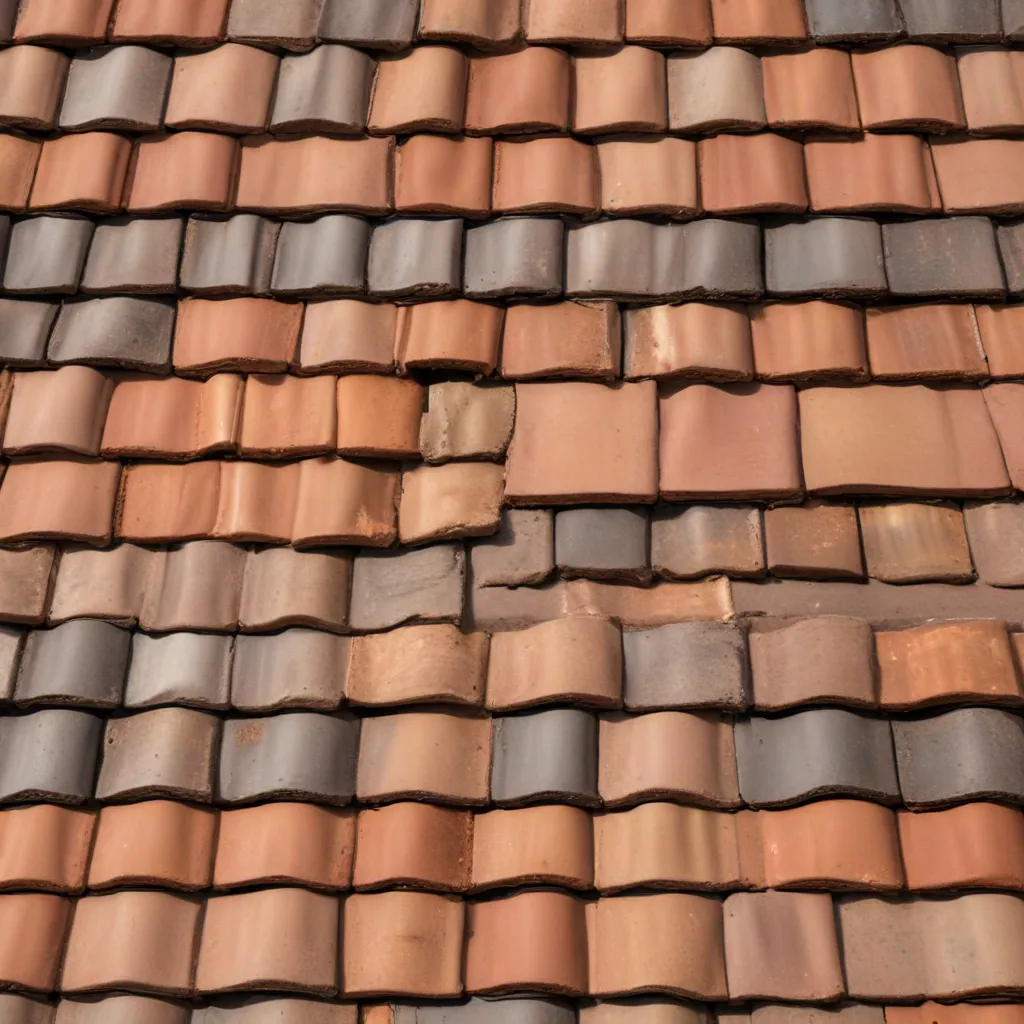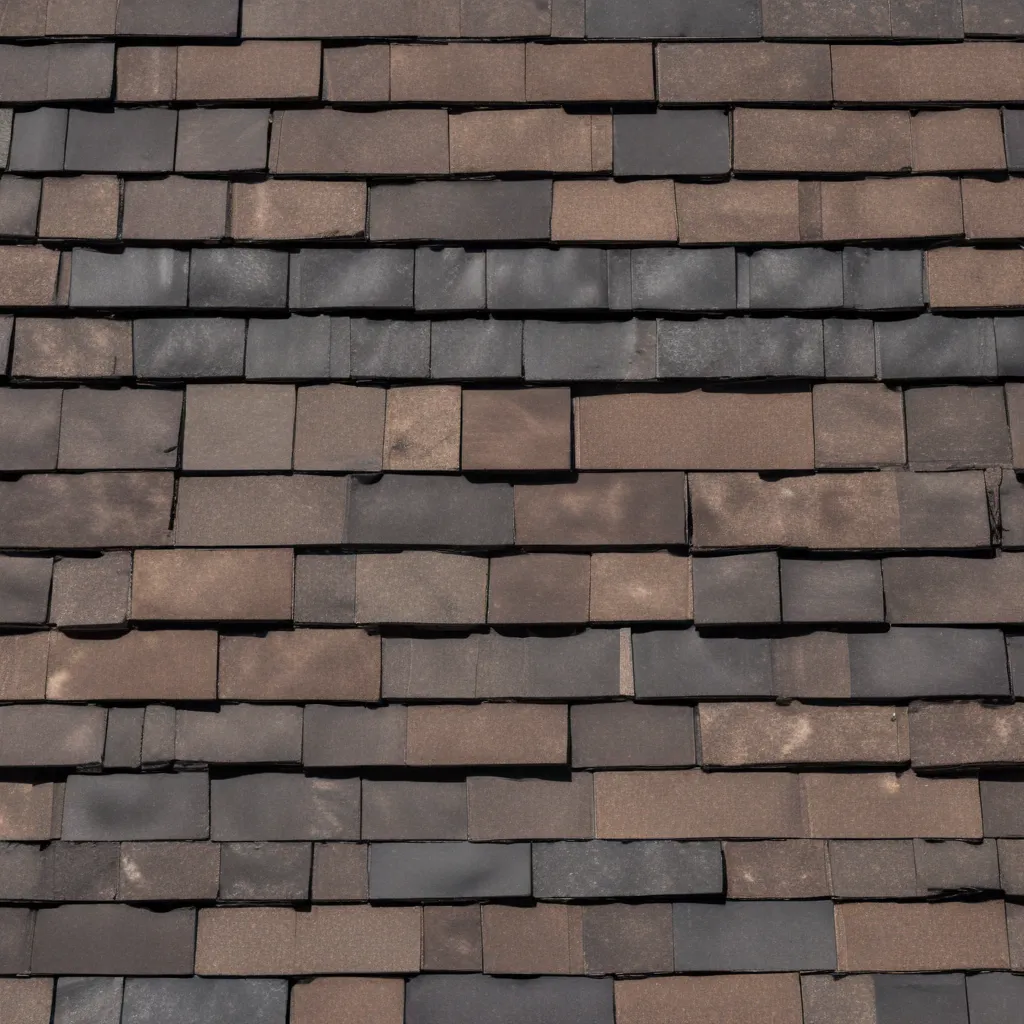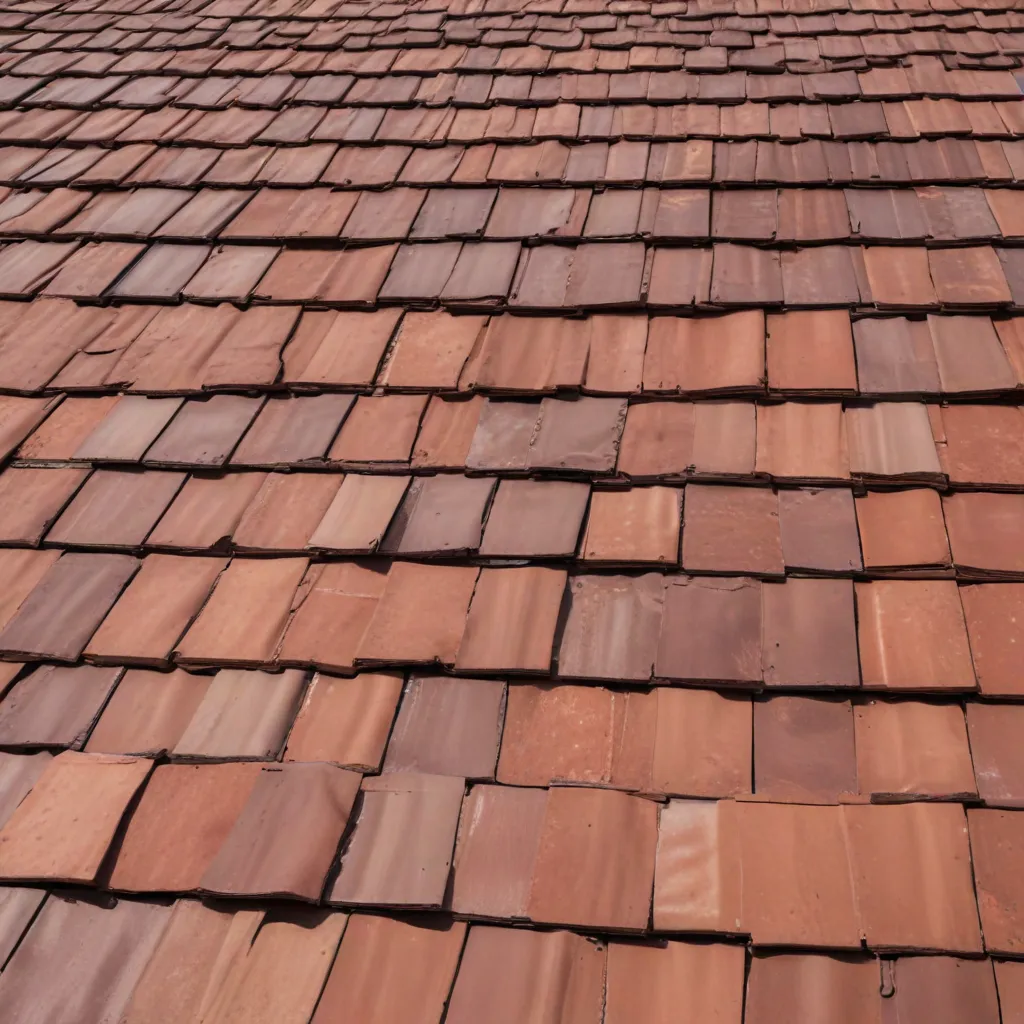Welcome to our comprehensive troubleshooting guide for common roofing problems. If you’re dealing with any issues related to your roof, you’ve come to the right place. We understand the frustration that comes with roofing woes, and we’re here to provide you with practical solutions. In this guide, we will address the most common problems homeowners face, offering step-by-step instructions to help you tackle them effectively. By the end of this article, you’ll be equipped with the knowledge and confidence to overcome any roofing challenge.
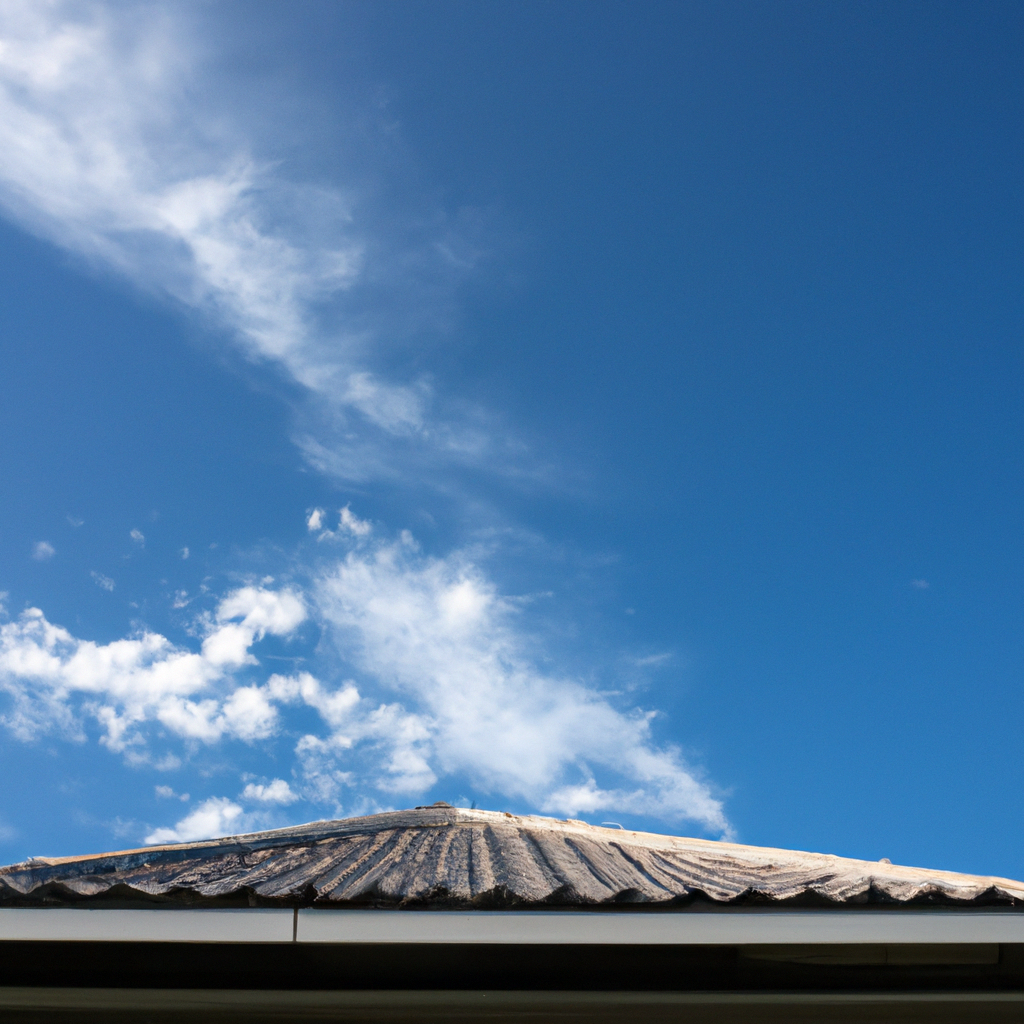
1. Leaky Roof: Identifying the Cause
Dealing with a leaky roof can be a homeowner’s worst nightmare. The first step in troubleshooting this issue is to identify the source of the leak. Begin by inspecting your attic for any signs of water stains or dampness. Use a flashlight to carefully examine the underside of your roof for any visible damage or holes. Pay attention to areas around vents, chimneys, and skylights, as they are common culprits for leaks. Once you’ve identified the source, it’s time to move on to the next step.
2. Fixing a Leaky Roof: DIY or Professional Help?
Once you’ve determined the cause of the leak, you need to decide whether to fix it yourself or seek professional assistance. For minor leaks and simple repairs, a DIY approach might be sufficient. However, if the damage is extensive or if you’re unsure about your roofing skills, it’s best to hire a professional. They have the experience and knowledge to handle more complex issues, ensuring a long-lasting solution.
3. Dealing with Damaged Shingles
Damaged shingles are a common roofing problem that can lead to leaks and other issues if left untreated. Inspect your roof for any cracked, curled, or missing shingles. These are signs of wear and tear, and they compromise the integrity of your roof. In most cases, individual damaged shingles can be replaced without the need to redo the entire roof. However, if a significant portion of your roof is affected, it may be time to consider a full replacement.
4. Clearing and Preventing Clogged Gutters
Clogged gutters can cause water to overflow and seep into your roof, leading to leaks and water damage. Regularly inspect and clean your gutters, removing any debris such as leaves, twigs, or dirt. You can use a gutter scoop or a pressure washer to clear out the clogs effectively. Additionally, consider installing gutter guards to prevent future clogging and minimize maintenance.
5. Addressing Moss and Algae Growth
Moss and algae growth on your roof not only affect its aesthetic appeal but can also cause damage over time. These organisms thrive in damp environments, so it’s essential to keep your roof clean and dry. Use a moss and algae remover solution to treat affected areas, following the manufacturer’s instructions. Prevent future growth by trimming overhanging tree branches and ensuring proper ventilation in your attic.
6. Dealing with Ice Dams in Winter
Ice dams can form on your roof during winter, leading to water backup and potential leaks. To prevent ice dams, ensure adequate insulation in your attic to minimize heat loss. Additionally, keep your gutters clean and install heat cables to melt ice and snow. If you already have ice dams, it’s crucial to address them promptly. Use a roof rake to remove snow buildup and create channels for water to flow safely off your roof.
7. Handling Flashing Issues
Flashing refers to the metal strips installed around chimneys, skylights, and vents to prevent water from seeping into your roof. Over time, flashing can become loose or damaged, compromising its effectiveness. Inspect your flashing for any signs of wear, such as rust, cracks, or gaps. If necessary, remove the damaged flashing and replace it with new material. Properly installed and maintained flashing is crucial for a watertight roof.
Conclusion
In conclusion, troubleshooting common roofing problems requires a systematic approach to identify and address the underlying issues. Whether it’s a leaky roof, damaged shingles, clogged gutters, moss growth, ice dams, or flashing problems, understanding the cause is the first step towards finding a solution. While some repairs can be handled with DIY techniques, others may require professional assistance. Remember to prioritize safety and consult a roofing expert when in doubt. By following the steps outlined in this guide, you’ll be well-prepared to overcome any roofing woes and enjoy a sturdy, leak-free roof for years to come.

